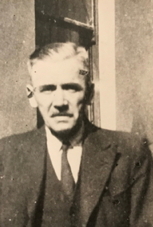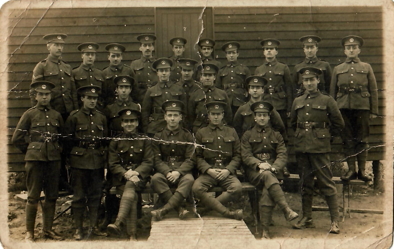Armistice Day Centenary
The Grand Jury

The grand jury is also known as the ‘sword’ of the people because it can be used as a means to investigate and compel prosecution of government corruption. Consequently it can be reasonably suggested that those guilty of the crime of ‘misconduct in public office’ have been more immune from prosecution since abolition of the grand jury in 1933.

Magna Carta
The separation of the trial function of the jury from its original accusatory form was not completed until the 14th century. The jury referred to in Magna Carta in 1215 is in that sense the Grand Jury, which emerged from the still older form known as the ‘accusatory’ jury. The roots of British Juries can be traced back to Anglo Saxon society in Kent and Wessex and even before in Wales. They dealt not only with questions of justice but also with matters of local government: in fact they have been described as the ‘lynchpin of administration’ in Britain. Grand juries were consequently also effective instruments of public education in matters of government, law, ethics and debate.

As the French diplomat and historian Alexis De Tocqueville observed, the educative benefits of many centuries of British jury power are one of the main reasons why, unlike the French Revolution, the American Revolution was successful in establishing and developing democratic government.
The failure of the French Revolution resulted in the continuation of juryless law in France as it had been under the absolutist monarchies that took over the Angevin Empire surrendered by King John. In fact his defeat in France is what led to Magna Carta. Even today the juryless ‘Napoleonic Code’ underpins EU law. As far as we know the only EU member states which uphold the right to trial by jury are those where this right was established under British common law: the UK, Ireland and Malta.